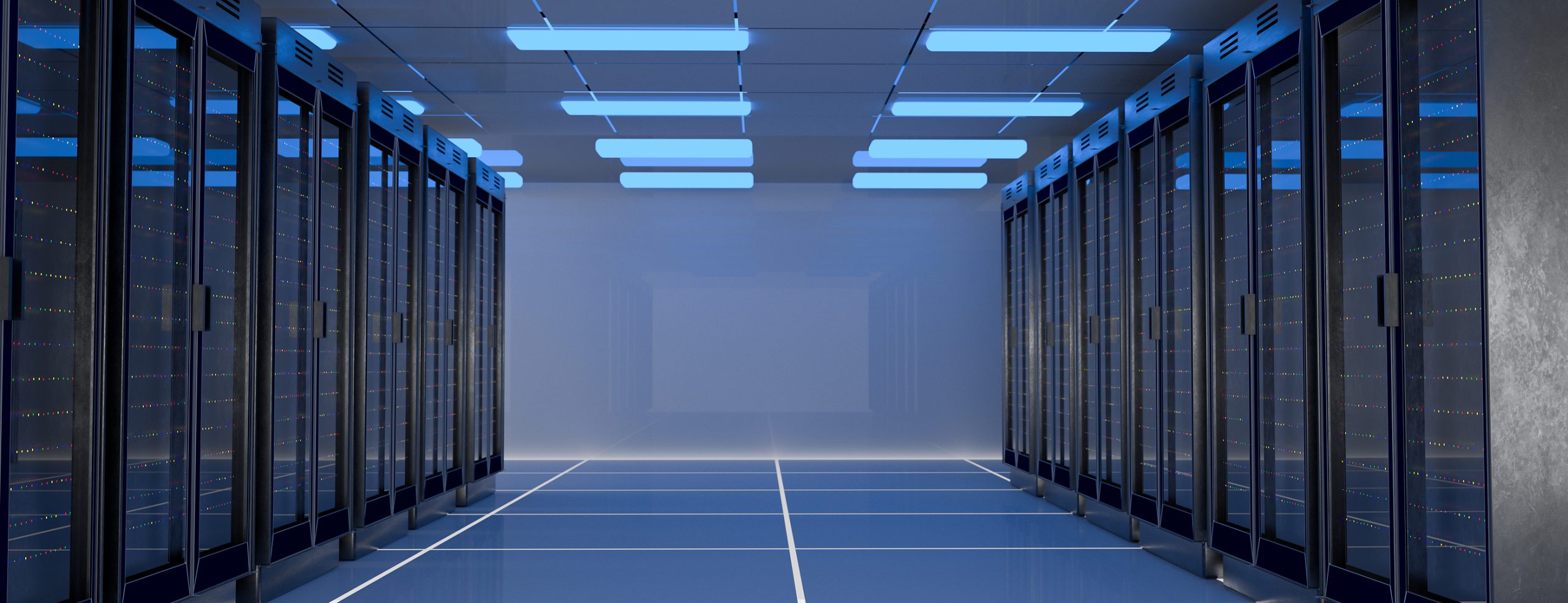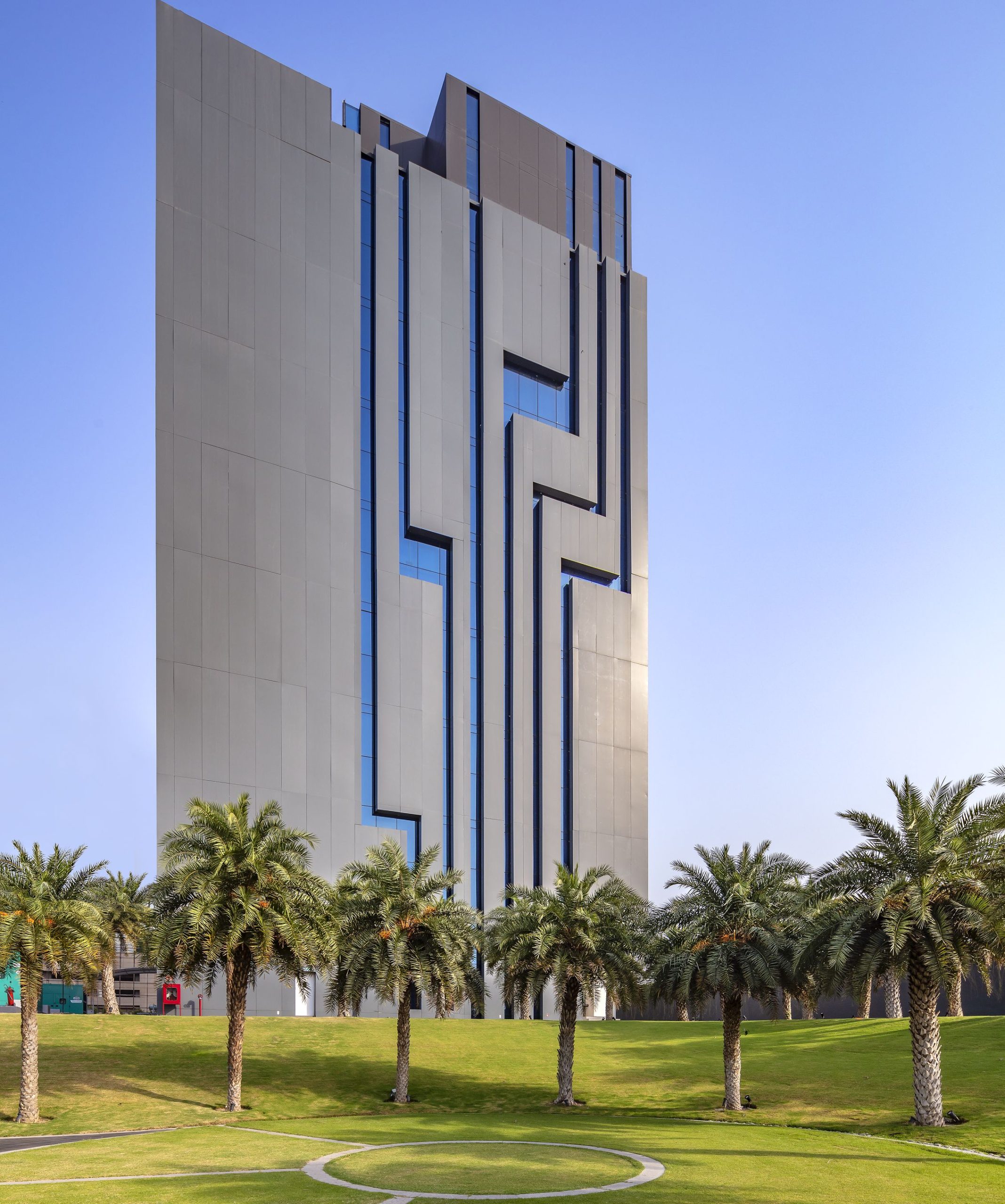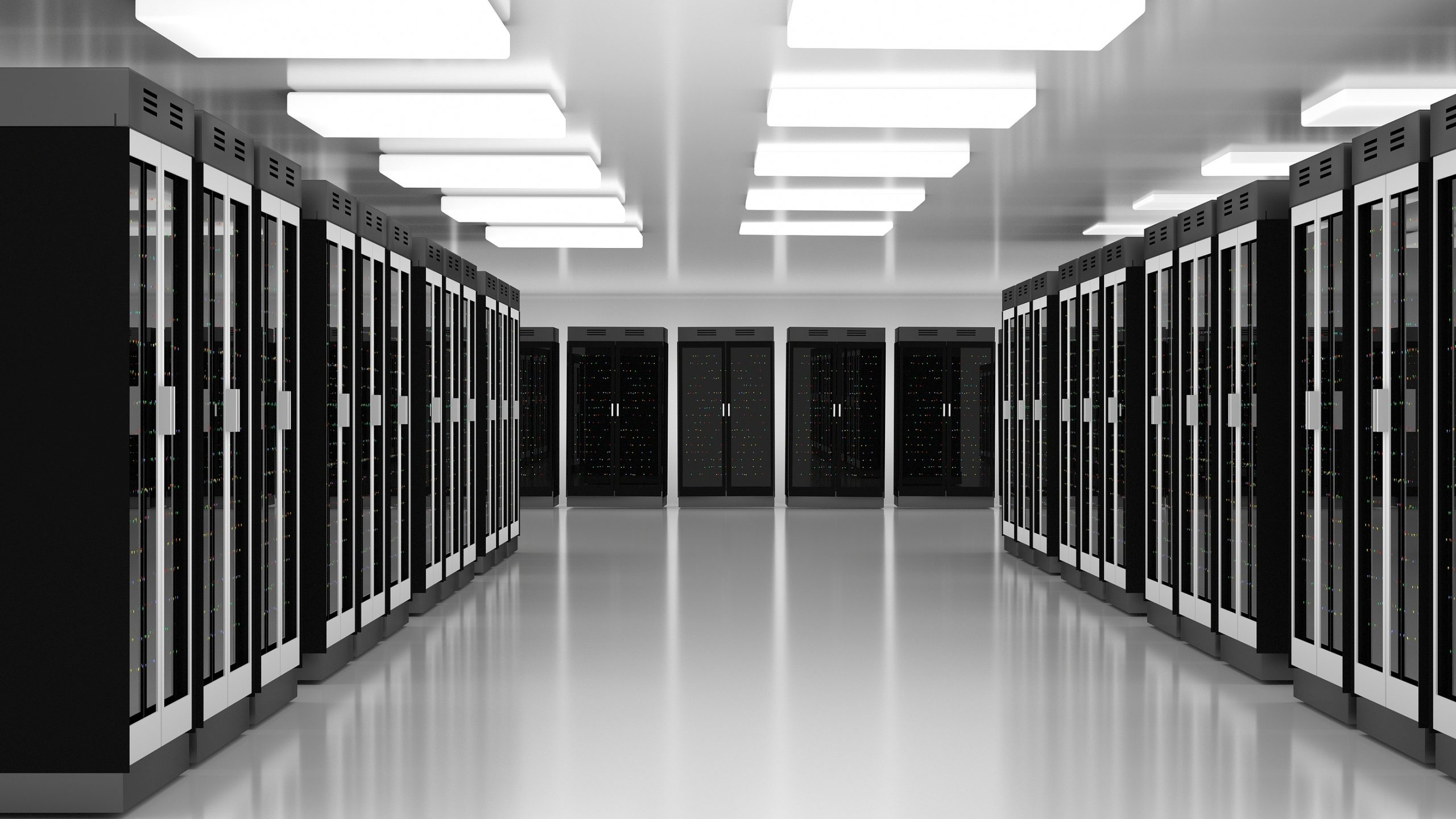Data Centre Business News and Industry Trends
Data Centres
Insights into Data Centre Investment & Market Growth
News
Pulsant invests £3m in expansion at Rotherham data centre
Data Centres
Insights into Data Centre Investment & Market Growth
News
Sustainable Infrastructure: Building Resilient, Low-Carbon Projects
CtrlS Datacenters lays out $2bn investment plan
Data Centres
Insights into Data Centre Investment & Market Growth
News
Infratil and L&G Capital increase investment in Kao Data
Data
Data Centre Compliance: Standards, Risk & Governance
News
Immuta and Data Reply join forces to steer data-driven excellence
Data Centres
Insights into Data Centre Investment & Market Growth
KKR to acquire stakes in Singtel’s regional data centre business
Data
Data Centre Compliance: Standards, Risk & Governance
News
Quantum Computing: Infrastructure Builds, Deployment & Innovation
Quantum announces ActiveScale Cold Storage bundles
Cyber Security Insights for Resilient Digital Defence
Data Centre Business News and Industry Trends
Data Centre Training & Certification Programs
News
Schneider Electric partners with MK:U to develop smart campuses
Artificial Intelligence in Data Centre Operations
Cyber Security Insights for Resilient Digital Defence
Data
Data Centre Operations: Optimising Infrastructure for Performance and Reliability
Data Centre Regulations & UK Compliance Updates
Data Centre Security: Protecting Infrastructure from Physical and Cyber Threats
Events
Scalable Network Attached Solutions for Modern Infrastructure
Global Cyber Summit highlights Ukrainian experience amid geopolitical tensions
Artificial Intelligence in Data Centre Operations
Big Data Strategies for Smarter Operations
Data
Data Centre Infrastructure News & Trends
Data Centre Operations: Optimising Infrastructure for Performance and Reliability
Data Centres
Infrastructure Management for Modern Data Centres
Insights into Data Centre Investment & Market Growth
News
atNorth announces highest revenue to date
Data
Data Centre Business News and Industry Trends
Data Centre Training & Certification Programs
Data Centres
News
STACK Infrastructure expand Women in Data Centres program










